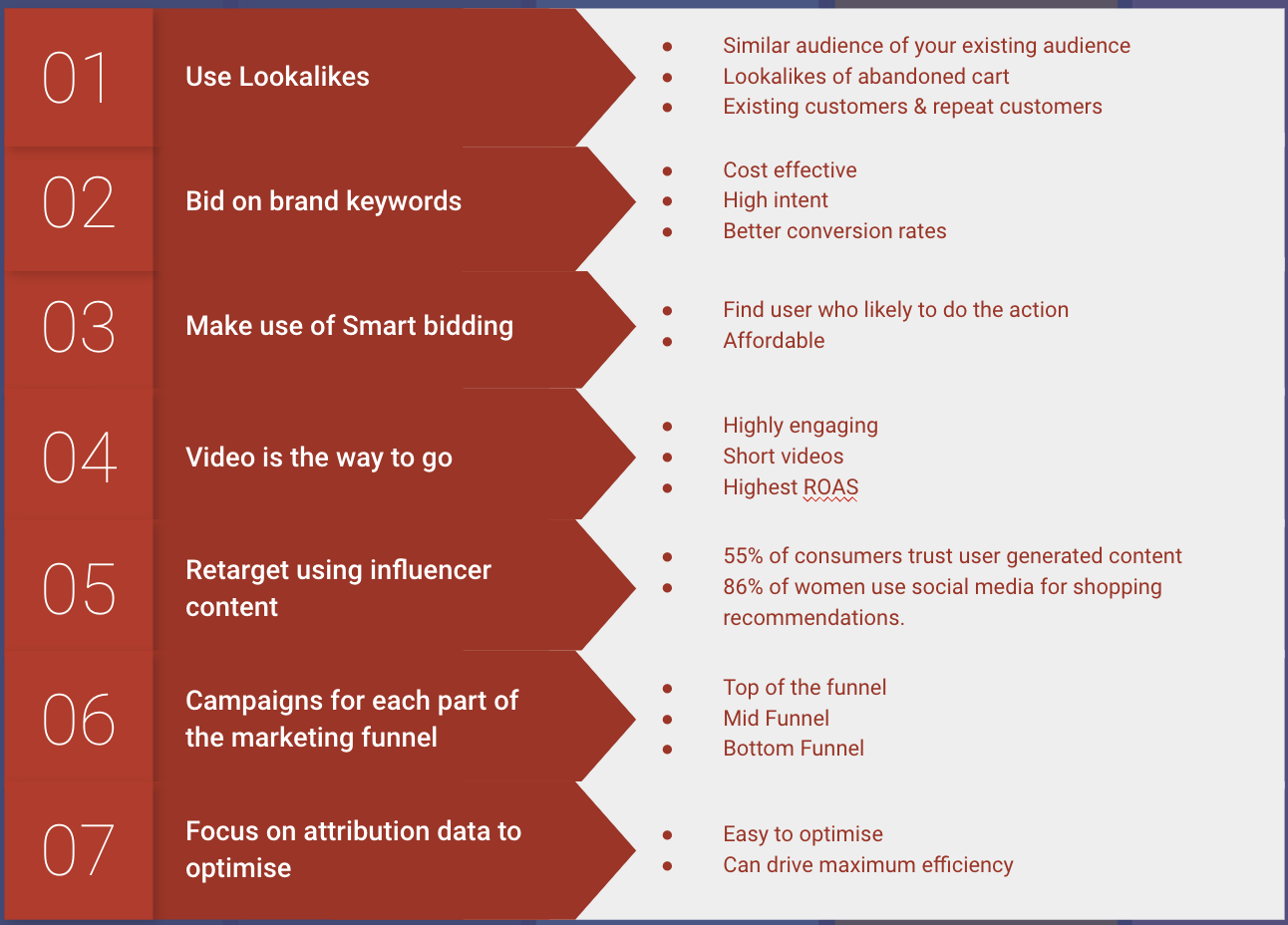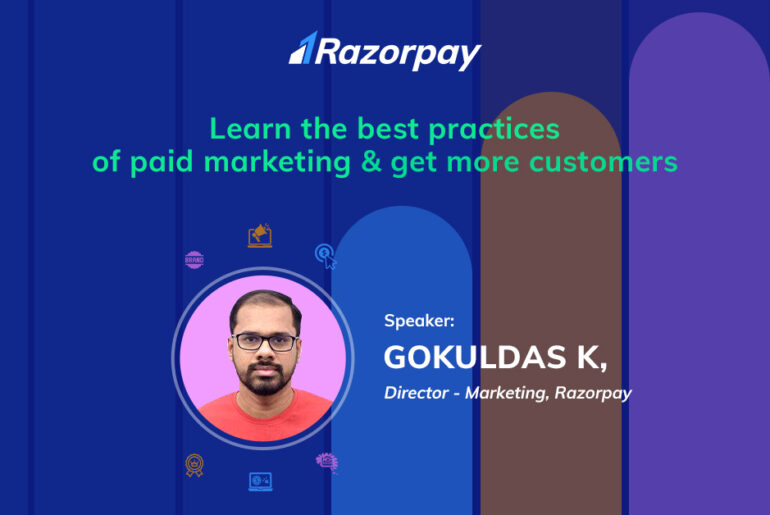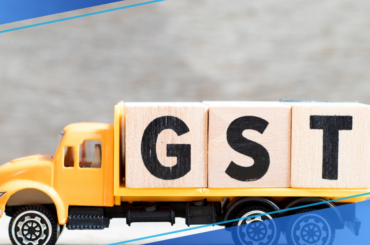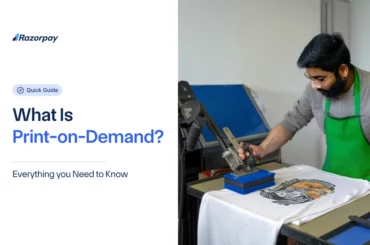Razorpay recently conducted a three-part live webinar series on the essentials of marketing. Designed to help business owners with academic and practical marketing lessons to navigate the slowdown, the webinar series took participants through the concepts of paid marketing, zero-cost marketing, and brand marketing. The course was designed to help businesses acquire, retain and grow their customer base.
The following is a summary of our Paid Marketing webinar, led by Gokuldas K, Director, Digital Marketing, Razorpay.
We will bring you more in-depth courses to provide a holistic understanding of the marketing channels and how to use them effectively.
Table of Contents
What is Paid marketing?
Paid marketing, also known as Pay-per-Click (PPC) advertising, is a digital marketing strategy in which advertisers pay a fee each time their ads are clicked. Paid marketing is a way of buying visitors to your website, rather than trying to “earn” those visitors organically.
Paid marketing is the quickest way to help potential customers discover your brand and offerings.
What is the core metric?
The key metric to track for all business owners is ROAS – Return on Ad Spend. There are a lot of metrics which are tracked in performance/paid marketing like impressions, clicks etc. Many platforms will tell you that these are important but the only one that matters is ROAS. This should be kept in mind while running campaigns.
What is ROAS?
It’s simple: How much revenue do you earn for every rupee that you spend on ads? If you spend Rs.100 on ads today and earn revenue of Rs.1000, then your ROAS is 10.
What is a good ROAS?
Different businesses and industries will have different benchmark ROAS figures and it should depend on the business itself. But as a rule of thumb, anything less than 1 is bad ROAS and no further money should be spent if ROAS is less than 1. A good benchmark is to drive a ROAS of 3-4.
What should I bear in mind before I set up and start running a campaign?
1. Do your basic research
- If you are starting up for the first time, research the keywords that your consumers are looking for. What is the keyword volume?
- What is the competition doing?
- Define the target audience: By demography, psychography (What are your consumers’ needs & desires?), interests (What is that your consumers love?) and presence in-market (Are they customers who are already looking to buy your category of product/service?).
2. Set your goals
- Are your goals purchases, trials, add-to-cart numbers, leads generated, or brochure downloads? Define the objective of the campaign to determine communication, channels and what kind of campaigns to run.
3. Implement tracking mechanisms
- Download a pixel from Facebook and place it on your Thank You page to understand what kind of audience purchases from you. You get details of audience demographic and channel of acquisition which would help you optimize your campaign. The feedback loop is very important to refine targeting and get the best ROAS. Like pixels, there are other short codes for all digital channels that can be integrated on your website. It is a best practice to implement tracking.

How do I set up a Paid campaign?
1. Choose a channel
Choose your digital channels depending on:
- Your target audience
- The stage of the business
- The goal (for ex: If you want to get high sales, you need to choose a channel that has the capability to give you the results, like Facebook for apparel).
There is no formula or one right channel for a business, so choose a channel based on what works best for your business. Google keywords are the most efficient channels and a good starting point for businesses that are just starting with paid ads since you capture a high intent audience that is already looking for you. This is followed by Facebook and Instagram for creating awareness about your brand and product. If you want to scale further, you can choose Google Videos/Discovery or programmatic ads on DV360 or affiliate marketing.
2. Decide budgets and optimisation
This will be based on your goals, channel mix, competition spends and the estimated marketing costs based on CPC, CPM.
The best practices are:
- Build a landing page which is a continuation of your campaign creative – communication has to match so that user does not feel a disconnect from ad to website. It helps convert them.
- Creatives need to be in line with the goal to be achieved and customized as per the channel’s requirement for best results. Keep the target audience in mind to craft messaging. Videos are a great way to communicate and convert since they are highly engaging.
Conclusion
Following these best practices will enable you to achieve better marketing outcomes, gain more customers, and grow your business.
Want to learn more about marketing? Keep an eye out for the zero-cost marketing and brand marketing masterclasses from our Business Growth Marketing Toolkit Course!




![GST State Code List & Jurisdiction 2025 [Updated List] GST State Codes](https://d6xcmfyh68wv8.cloudfront.net/learn-content/uploads/2024/02/GST-State-Codes-370x245.webp)
